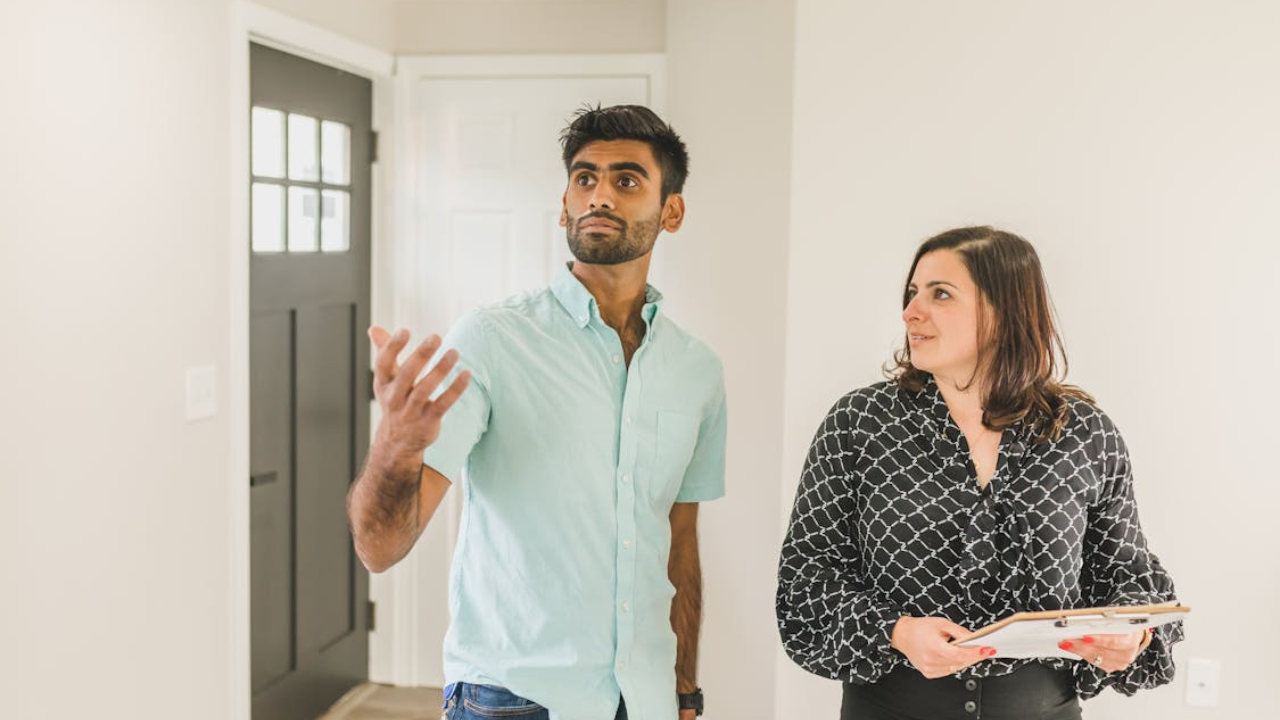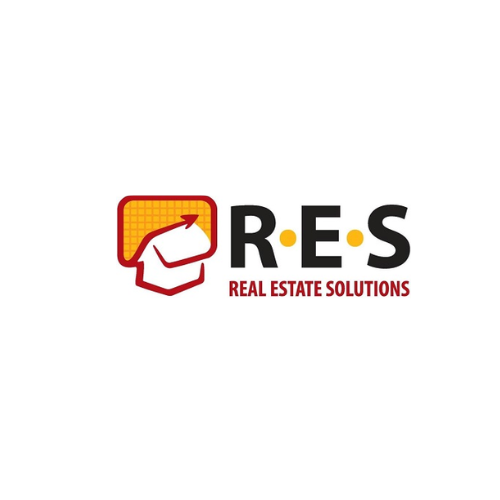Notifications

5 minutes, 53 seconds
-8 Views 0 Comments 0 Likes 0 Reviews

When looking at rental properties for sale, they can all seem like a great deal at first. But once you start looking closely, you’ll see that not all properties are the same. Some are better located, some cost more in repairs, and others might be hard to rent out.
If you know what to look for, comparing them becomes simple even if you’re just starting out. Let’s go over the key things that help you figure out which rental property is the right one for you.
The best properties are usually in safe, friendly neighborhoods close to schools, parks, stores, and jobs. If a property is near a noisy factory or a deserted street, it might be harder to rent out. Take time to walk around the area. Do people seem happy? Are there kids playing outside? That tells you a lot more than just looking at pictures online.
The cost you find under the listing is not the total cost. And you will have to pay closing costs, fix-ups, property levy, insurance, and possibly a local permit to rent the property. Calculate all of these expenses and then list them all down when working on the comparison of each property you have. A house that is initially cheap may end up costing more after all has been included.
Check what similar homes in the same area are renting for. You can look at online rental sites or talk to locals. Then compare that rent to what the property will cost you every month, including the loan, taxes, insurance, and money for repairs. If the rent is higher than your costs, you’ll make a profit. If it’s lower, you might lose money each month.
Some places sit empty for weeks or months, while others are rented out within days. Try to learn how long homes stay vacant in that area. If a home is in a popular neighborhood with good schools and shops, it will likely rent out faster. A property that fills quickly means less stress and more income for you.
A good tenant will pay rent on time and take care of the home. A bad one can cause damage, delay payments, or even face eviction. Before buying a rental property, think about how you’ll screen tenants. Will you check their credit, income, and rental history? The better your process, the fewer problems you’ll have later on.
Take a close look at the home. Check the roof, windows, floors, plumbing, and heating system. Even if it looks nice, some things might need fixing right away. If you’re not sure what to look for, it’s smart to hire a home inspector. They can point out problems that you might not see but could cost a lot later.
Some small upgrades, like new paint, better lighting, or adding a washer and dryer can make the property more attractive and even let you raise the rent a little. If a property has room for simple improvements, it could bring in more income without costing much to upgrade.
Make a chart with the names of each property down the side. Across the top, write things like:
Location
Total cost
Possible rent
Property condition
Vacancy time
Chance to add value
Give each item a score from 1 to 5. Add up the points. The highest score will help show you which property is the better choice.
Comparing rental properties doesn’t need to be hard. Just take it step by step, look at the location, add up all the costs, check the rent you can earn, and look at how easy it is to keep the place filled.
When all of these things line up, finding a tenant becomes easier, and your rental starts making money sooner. With clear thinking and a little effort, you’ll feel confident picking the right property even if it’s your first one.

